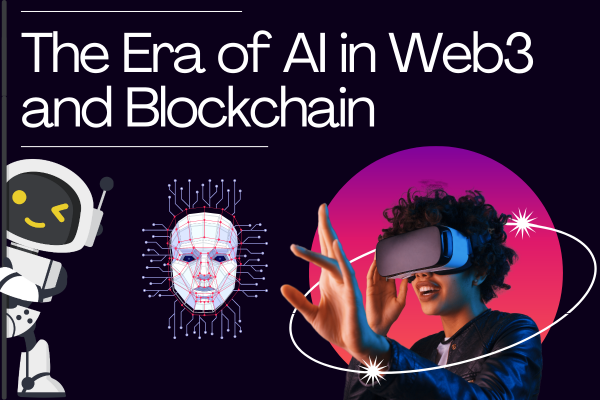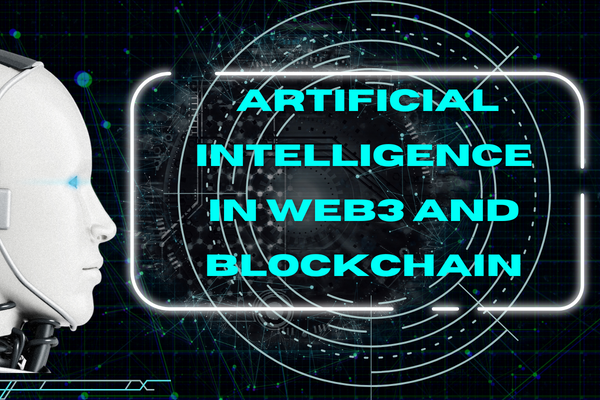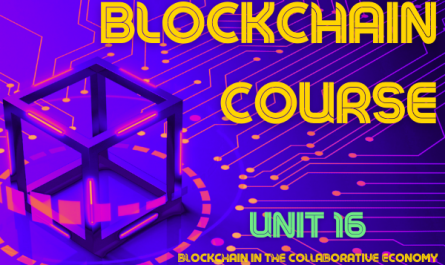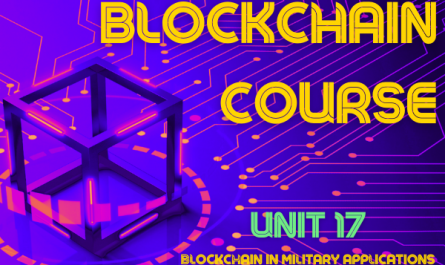Since its inception, Artificial Intelligence (AI) has been at the forefront of numerous technological transformations. In particular, a special type of AI, generative AI, has been gaining prominence in recent years. As its name implies, it is used to generate artificial content such as text, images, audio, and video, thus providing an unimaginable range of applications.
With the evolution of emerging technologies, we are witnessing an increasing merger between AI and Web3, the decentralized internet ecosystem that relies on blockchain technologies to ensure transparency and data ownership. But, how exactly is AI applied in the Web3 environment? And what challenges and opportunities does this convergence present?

Table of Contents
Generative AI and Web3
The applications of AI in Web3 are multiple and varied. Among the most notable, we find the deployment of digital collectibles in games and NFTs (Non-Fungible Tokens). These tokens, unique and non-reproducible, represent digital assets that can be of any kind: from a piece of digital art to a plot of land in a virtual world.
Thanks to generative AI, it is possible to create NFTs in an entirely new way. Artists can generate unique works of art from algorithms, thus creating pieces that are both unique and reproducible. In video games, generative AI is used to develop characters, objects, and scenarios that can then be converted into NFTs, thus providing a new source of revenue for game developers.
Software Development and User Experiences
Beyond content generation, AI can also help drive the Web3 space by optimizing development processes and improving the user experience in decentralized applications (dapps). AI can accelerate software development by identifying problems and suggesting solutions, thereby improving efficiency and reducing errors.
In terms of user experience, AI can play a vital role by providing intuitive and personalized interfaces. Chatbots, for example, can use AI to respond to user queries, thus providing a 24/7 customer service. Furthermore, AI-based recommendation systems can improve user navigation by suggesting relevant content based on their previous behaviors.
Challenges to Overcome
Despite the multiple advantages that AI can bring to Web3 and blockchain, there are certain challenges that still need to be overcome. First, there is the issue of copyright. While NFTs are an excellent way to attribute ownership of a digital asset, generating content through AI raises questions of authorship. Who owns a piece of art generated by AI: the creator of the algorithm, the owner of the algorithm, or the AI itself?
Furthermore, precision and creativity are also concerns. Although AI is capable of generating content, it is not always able to match the quality and creativity of humans. As the technology improves, these aspects will too, but there is still a long way to go.

The Era of AI in Web3 and Blockchain
Despite these challenges, the era of AI has arrived. AI models are transforming businesses and industries alike, and their application in Web3 and blockchain is no exception. The ability to generate content, optimize software development, and improve user experience are just a few of the ways AI is revolutionizing these fields.
Generative AI is a powerful tool that, when used ethically and responsibly, can unleash unprecedented creative potential. At the intersection between AI and Web3, we find a new way of interacting with the digital world, one that values digital property, fosters innovation, and democratizes access to opportunities.
It is important to remember that technology itself is neutral; its impact depends on how it is used. Therefore, as we move towards an increasingly digital and decentralized future, we must ensure that AI is used in a way that benefits everyone, and not just a privileged few. In this new ecosystem, AI has the potential to be a key tool in promoting equity, transparency, and participation in the digital age.
In conclusion, as the digital era ushers us into an increasingly decentralized world, the applications of generative AI in Web3 and blockchain offer immense potential for transformation. The journey may be laden with challenges such as copyright issues, precision, and creativity, but the promise of a more democratic, transparent, and equitable digital world makes the pursuit worthwhile. As we harness AI’s potential to generate content, streamline software development, and enhance user experience, we also have a responsibility to guide its use towards creating a more inclusive digital society. Thus, in the realm of Web3 and blockchain, AI doesn’t just represent technological advancement—it embodies the future of digital democracy.




